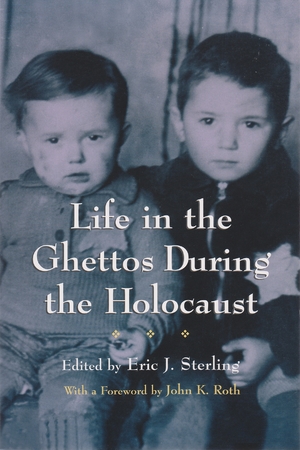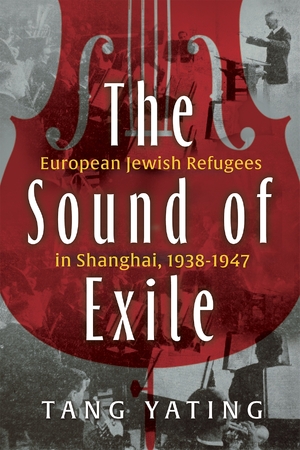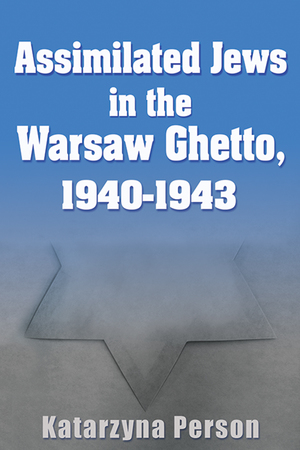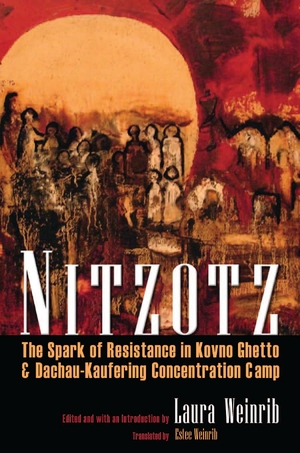"[Life in the Ghettos During the Holocaust] is the cooperative effort of some of the finest scholars in the field who examine with objectivity and great authority the responses of the Jews where 'death was a given; how to live in the interim was not.' . . . [It] demonstrates that the inmates' responses included selflessness, radical possessiveness indifferent to the social costs. . . . [This book] sheds light on the miserable but complex state of relations between the Jewish resistance and other Jews with the non-Jewish population."—Richard L. Rubinstein, author of After Auschwitz: History, Theology, and Contemporary Judaism
Description
This book focuses on Jewish life before Jews lost their autonomy and fell totally under Nazi power. With contributions from survivors of the ghettos throughout Poland, Czechoslovakia, and Hungary and from prominent scholars, this book covers Jewish daily life and governance—the Judenrat, the Warsaw Ghetto uprising, smuggling, housing, death, and religious life—and comprises historical and cultural essays. The selection of work combines a range, scope, and narrative rarely available in one volume. Ghettos varied depending on the time, circumstance, and place in which they were created. A combination of scholarly assessment and eyewitness accounts, this book clearly elucidates these differences: some ghettos were ad hoc arrangements intended only as way stations while others were final destinations.
Table of Contents
Foreword: How to Live in the Interim? John K. Roth
Introduction
1. Piotrków Trybunalski: My Ancestral Home, William Samelson
2. Some Clarifications on the Warsaw Ghetto Uprising: Based on Interviews with Marek Edelman and Simcha Rotem, Michael Berenbaum
3. Beware of Answered Prayers: Ghetto-Concentration Camp Theresienstadt /Terezin, Charlotte Guthmann Opfermann
4. Autobiographical Notes, Alexander Kimel
5. Historical Position of the Hungarian Jewry and Untold Ghetto Accounts, Agnes Kadar
6. An American in Poland: Eyewitness to the Holocaust, Lawrence H. Feldman
7. The Hongkew Ghetto in Shanghai: From Escape to Shanghai, James R. Ross
8. Smuggling in the Ghettos: Survivor Accounts from the Warsaw, Łodź, artd Kraków Ghettos, Diane Plotkin
9. Facilitating Genocide: Nazi Ghettoization Practices in Occupied Ukraine, 1941-1942, Wendy Lower
10. Multiple and Changing Experiences of Ghettoization: Budapest, 1944, Tim Cole
11. Death and Ghetto Death, David Patterson
12. Attitudes Toward Death During the Holocaust: Writings from the Ghettos, Deirdre Burke
13. Art and Imagery of the Ghetto—During and After the Holocaust, Stephen C. Feinstein
14. The Jewish Resistance Movements in the Ghettos of Eastern Europe: Reflections on the Relationships of Force, Daniel Feierstein; Translated by Stephen A. Sadow
15. “Theater in a Graveyard”: The Ghetto Theater in Vilna, Eric J. Sterling
16. Inside the Ghetto: A Teaching Strategy, Susie Jans-Thomas
Notes
Bibliography
Index
About the Author
Eric J. Sterling, Distinguished Research Professor of English at Auburn University Montgomery, earned his Ph.D. in English at Indiana University. Both his mother and grandfather lived through the Holocaust the latter as a survivor of Buchenwald.
July 2005




